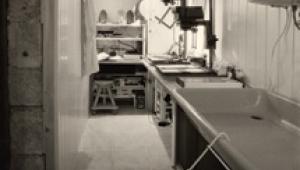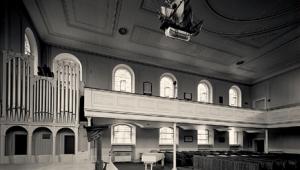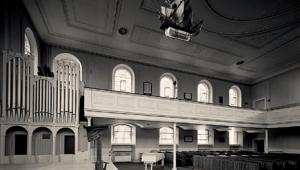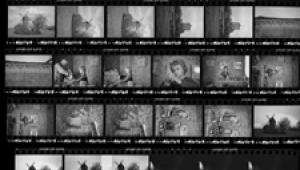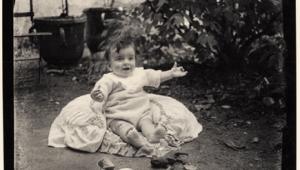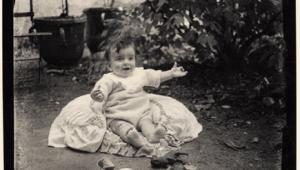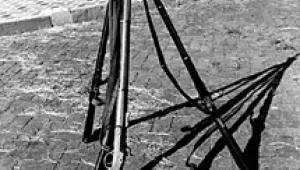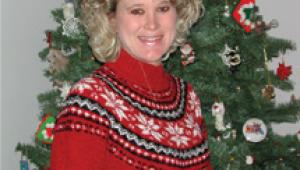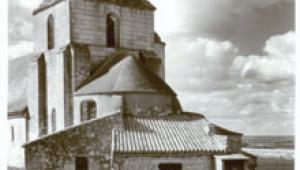The Darkroom
Making Duplicate Color Negatives And Slides
| Slides and color negatives
can be duplicated using the same techniques. The best way to duplicate
both is to use a computer. Scan the original in using a scanner that
can go to a high resolution (2000-3000dpi or more) and that has high-density
level specification (3.6 or better). Drum scanners are best, but very
acceptable work can be produced on dedicated film scanners and some
high-end flat-bed scanners. We use the Nikon Super CoolScan 2000 for
all of our 35mm and APS film work. We use the UMAX PowerLook III for
scanning our medium format film. Once the image has been converted to
digital data, it can be stored on CD-ROMs. Such storage pretty much
stops the clock on any further deterioration of the image. Meanwhile,
the original silver halide image will, of course, continue to slowly
deteriorate. Tips For Making Duplicates |
